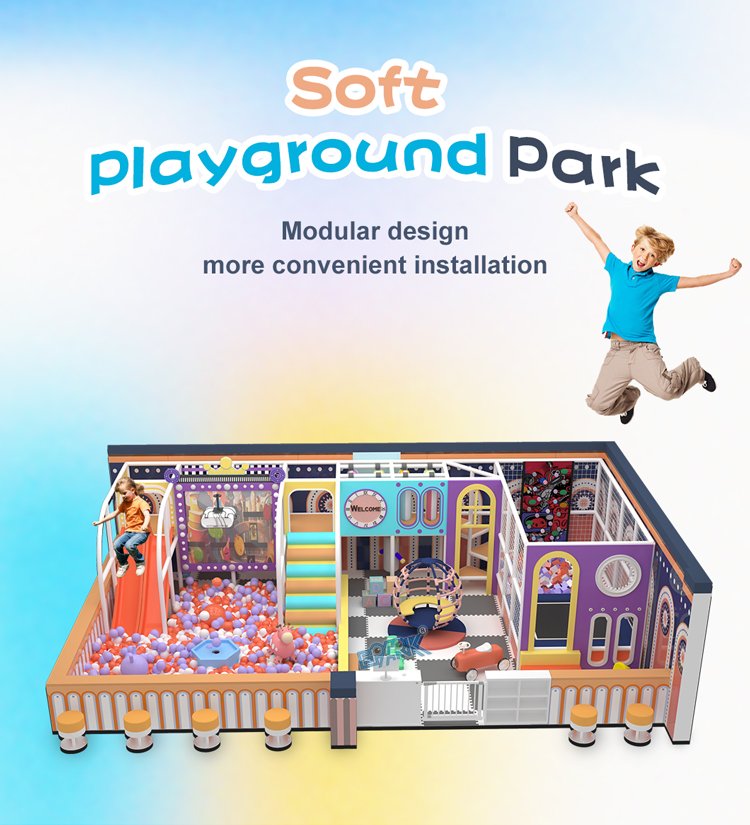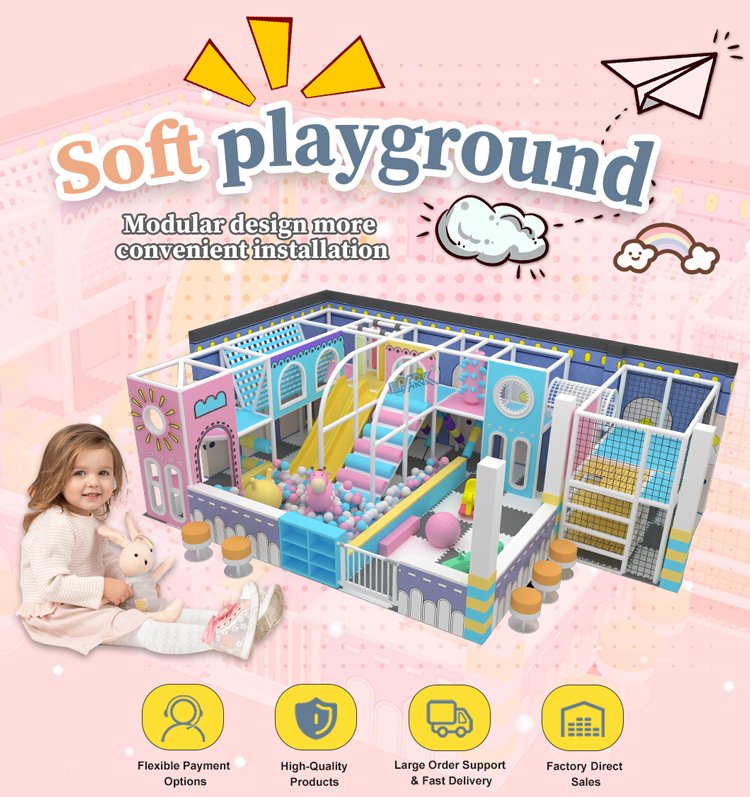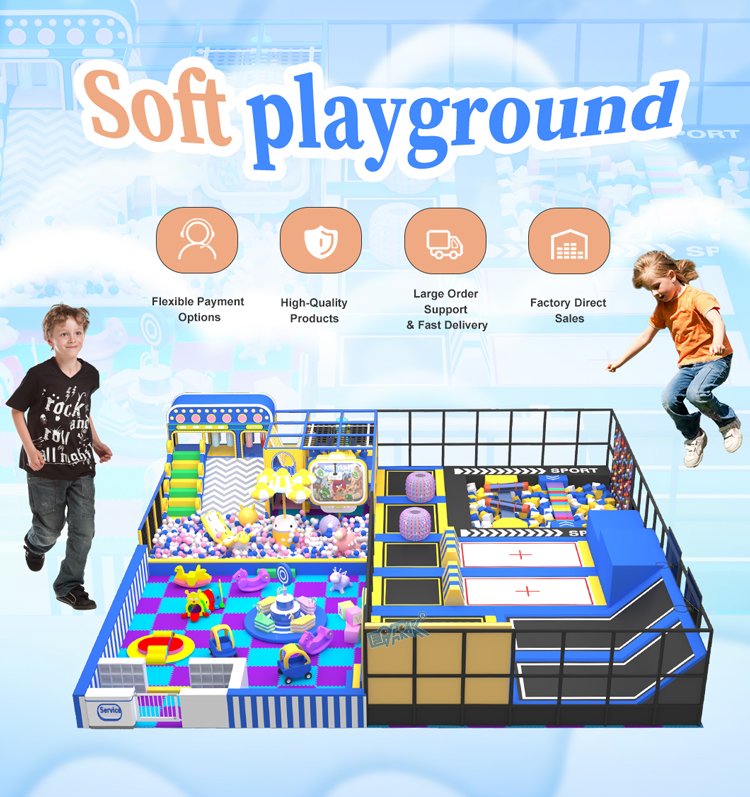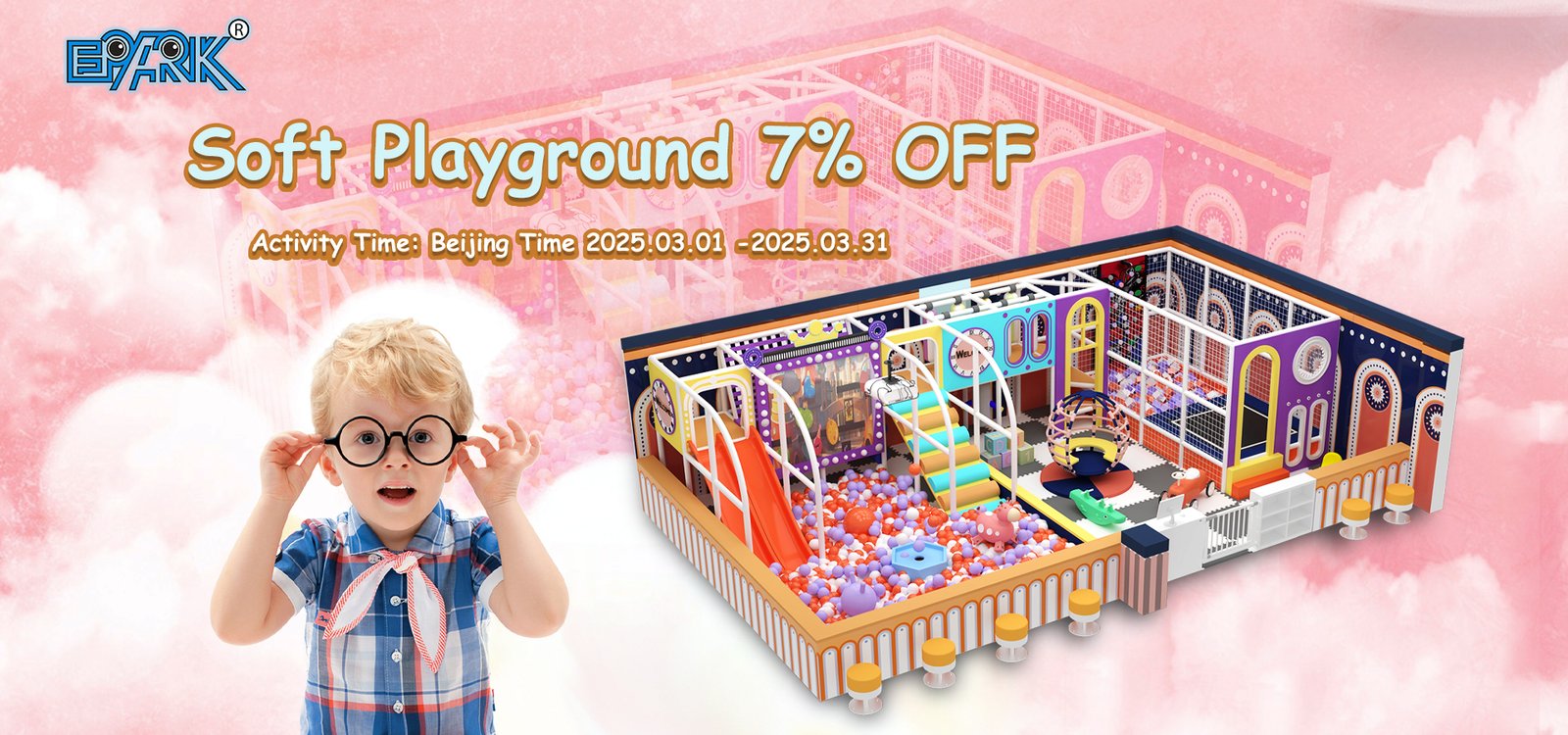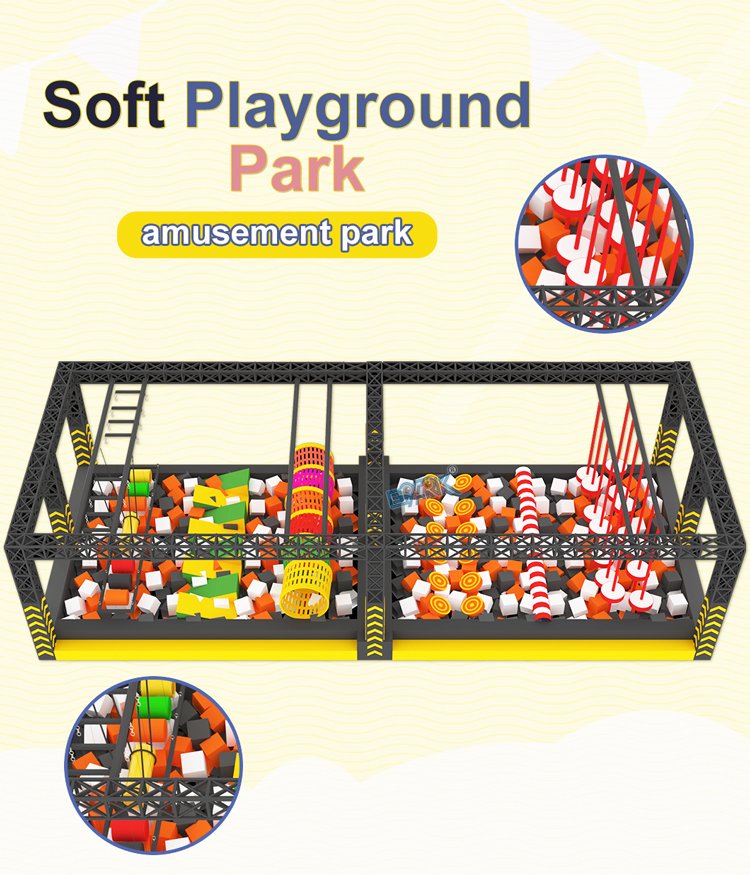Creating an interactive indoor playground involves thoughtful planning, creative design, and ensuring safety and engagement for users. Here’s a step-by-step guide to help you build one:
1. Define Your Vision and Target Audience
- Age Group: Decide the age range of your target users (toddlers, children, teens, or all ages).
- Theme: Select a theme (e.g., jungle, space, underwater, fantasy) to make it visually appealing.
- Purpose: Determine the playground’s purpose, such as fun, education, or physical activity.
2. Conduct Market Research
- Study your competitors and analyze successful indoor playgrounds.
- Gather feedback from parents and kids about their preferences.
- Understand the legal and safety requirements in your region.
3. Choose the Location
- Space: Find a venue with enough space to accommodate the equipment and ensure free movement.
- Accessibility: Choose a location that’s easy to access and has ample parking.
- Ceiling Height: Ensure adequate height for climbing structures and other tall equipment.
4. Design the Playground
- Layout Plan: Work with designers to optimize space utilization while maintaining clear pathways.
- Interactive Zones: Incorporate a mix of activities:
- Physical Play: Slides, climbing walls, rope courses, trampolines.
- Sensory Play: Ball pits, interactive walls with lights and sounds, foam blocks.
- Technology-Based Play: Augmented reality (AR) games, interactive projection systems, touchscreens.
- Educational Play: Puzzle areas, reading nooks, creative stations (e.g., arts and crafts).
- Parent Areas: Include seating, Wi-Fi, and visibility for supervision.
- Safety Features: Install soft flooring (foam or rubber mats), rounded edges, and proper barriers.
5. Select High-Quality Equipment
- Partner with reputable playground equipment suppliers.
- Ensure materials are durable, non-toxic, and meet safety standards.
- Consider modular equipment that allows flexibility for future upgrades.
6. Prioritize Safety
- Adhere to local safety regulations and certifications (e.g., ASTM, EN standards).
- Install proper lighting, ventilation, and fire safety measures.
- Regularly inspect and maintain equipment.
7. Add Interactive Technology
- Touch-Free Technology: Motion sensors, voice-activated features.
- Gamification: Include leaderboards and challenges to engage users.
- Augmented Reality: Interactive walls or floors that respond to movement.
- RFID Wristbands: For tracking playtime and granting access to different areas.
8. Create a Comfortable Environment
- Use bright, inviting colors but avoid overwhelming designs.
- Control noise levels with soundproofing materials.
- Install air conditioning and proper ventilation.
- Offer clean restrooms, nursing rooms, and storage lockers.
9. Market Your Playground
- Develop a website and social media presence to showcase your playground.
- Offer introductory discounts, memberships, or loyalty programs.
- Partner with local schools, community centers, and influencers for promotions.
10. Gather Feedback and Improve
- Install feedback kiosks or encourage reviews online.
- Regularly interact with parents and children for suggestions.
- Stay updated with trends to keep the playground fresh and exciting.

